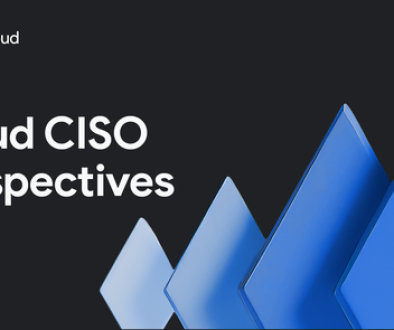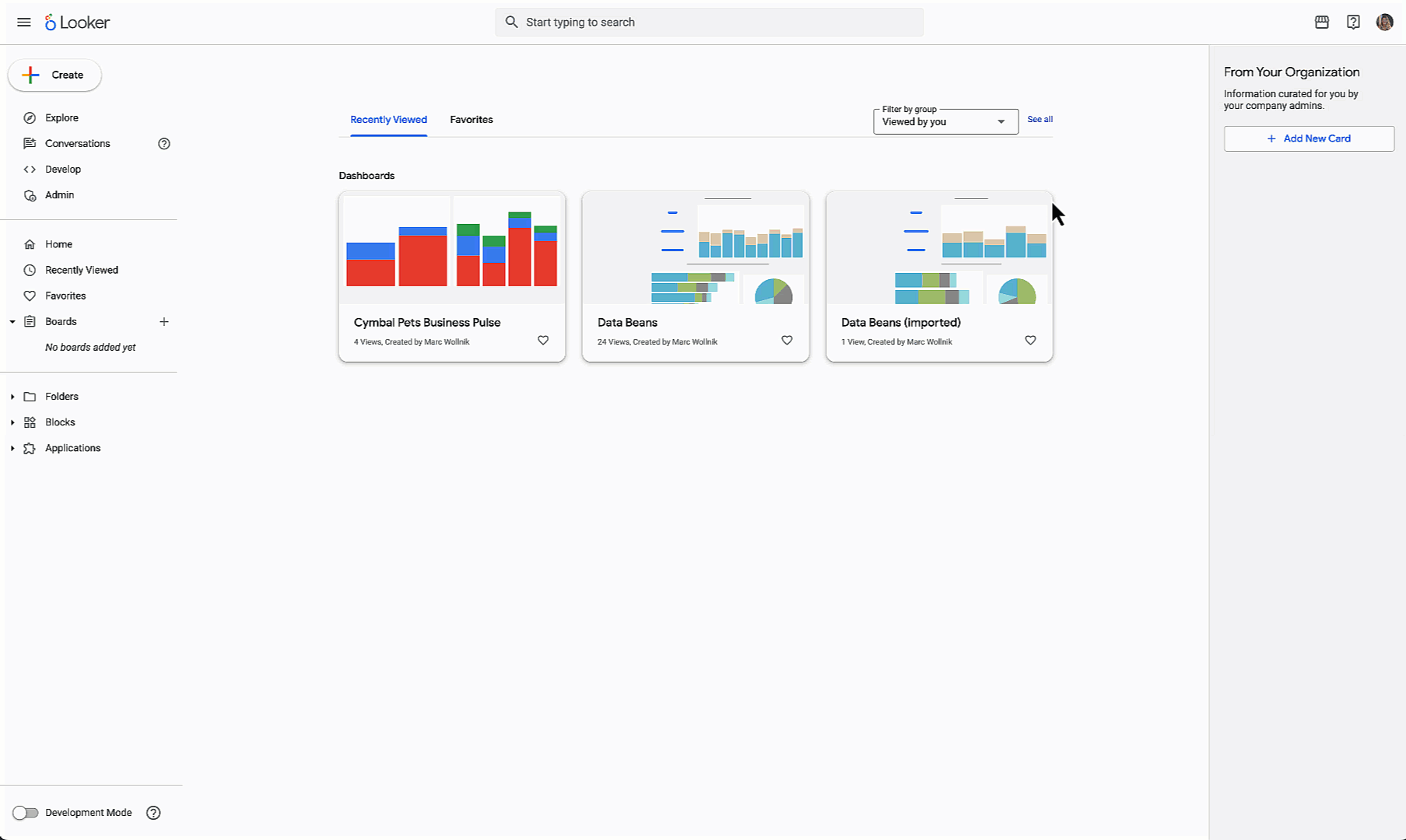GCP – Moving to S/4 HANA on Google Cloud brings significant benefits for Deutsche Börse Group
As an international exchange organization and innovative market infrastructure provider, Deutsche Börse Group ensures capital markets that are transparent, reliable and stable. Our business areas cover the whole financial market transaction process and value chain. Furthermore, we develop state-of-the-art IT solutions and offer our IT systems all over the world. With our large range of products, services and technologies, our Group organizes safe and efficient markets for sustainable economies. Trust, stability, and compliance are thus the cornerstones of our business.
Moreover, innovating constantly is vital to stay competitive and relevant in the light of a market that is changing rapidly. Innovation and stability, however, don’t naturally go together. To innovate involves taking risks, so every innovation we make requires a certain balancing act to ensure we maintain our customers’ trust and meet regulatory requirements.
Stuck behind an on-premises bottleneck
This balance between trust and innovation was at the heart of our journey from our legacy architecture to Google Cloud. Running on-premises, our previous SAP enterprise resource planning (ERP) software was unable to keep up with the pace of changing requirements. From adding new legal entities following mergers and acquisitions, through launching products such as swap types or securities, to simple requests to improve our workflows, the system couldn’t keep up. Just a simple launch request would take as much as nine months, and the bottleneck led to a backlog of requests in the system. As we began upgrading to the latest SAP ERP, S/4 HANA, we knew that a simultaneous migration to the cloud would greatly improve our system performance. But first, we needed to ensure we had the trust of our stakeholders and regulators.
From day one, our approach has been full transparency: to our customers, our stakeholders, and to regulators. When we first shared with our internal control teams that we were moving to the cloud, we found ourselves looking into a lot of serious faces, but the Google Cloud team understood what it meant to build trust with all parties. As we and our stakeholders worked together with Google Cloud to understand exactly what the process entailed — and its implications for the business — we succeeded in bringing all the relevant parties on board. We were one of the first globally to move our SAP workload into Google Cloud.
Leaving the on-premises mindset behind
In particular, we busted the myth that an on-premises architecture is more secure than the cloud. Most on-premises data centers don’t have any encryption, because they believe that having it in house makes it secure. In Google Cloud, however, our data is encrypted three times: at the infrastructure level, database level, and application level. Initially, we weren’t able to hold the encryption keys ourselves, but the Google Cloud team supported us to hold our own keys, adding another layer of security. By explaining all this through open and transparent conversations with stakeholders and regulators, we were able to convince them of the virtues of migration.
Now, with Google Cloud, our data is more secure than ever, with no drop in performance. However, that wasn’t the end of the journey. After migrating our systems from our on-premises infrastructure, we realized that we had underestimated the need to migrate from our on-premises mindset, too. With many of our engineers having run workloads on legacy operating systems for many years, there was an understandable level of apprehension about switching to cloud workloads after such a long time. Again, the Google Cloud team understood their concerns, and helped to train our engineers to adapt to the new systems.
Keeping up with market demands, with a powerful cloud architecture
With SAP S4/HANA now running on Google Cloud, our ability to react quickly to a changing market has improved dramatically. If we need to rapidly scale up our processing power, in response to a sudden increase in trading volumes, we are now able to do so in a matter of a few clicks. Our development cycle has shortened considerably, too. Previously, we had just one development environment, accommodating 10 to 15 developers, leading to development cycles of nine to twelve months. Now we have 60-70 developers working in multiple development environments in parallel, significantly reducing development time.
We also no longer need to worry about lengthy delays to add new hardware to our systems. With Google Cloud, we can simply add new software services at the click of a button, meaning we can onboard new services in days, rather than spending months adding new hardware. Disaster recovery times have improved, too, with automated failover, meaning our recovery time objective (RTO) is now down from two hours to less than 20 minutes, while our recovery point objective (RPO) has been cut from two hours to nearly zero.
Let the innovation begin
We are in the process of exploring ways to apply the data analytics capabilities of Google Cloud to the treasure trove of business data from our SAP platform. We have already begun to do so with our HR and IT data domains. For the first time, the HR team has fast access to integrated business data in BigQuery, enabling them to add depth and insight to processes such as management and diversity reporting. At the same time, we are investigating how we can incorporate more AI features into our workflows, and are currently piloting Document AI to save our accountant team’s time with automated invoice entries.
In many ways, our journey is just beginning. But because we were able to win over hesitant stakeholders and cautious regulators with our transparent approach, we have already been able to demonstrate the significant improvements in security and performance that Google Cloud gives us. Now, we can start to innovate further, improving efficiencies and reaction times, and ensuring we can continue offering relevant products and services to our customers. Trust, stability, compliance, and innovation. With Google Cloud, we have them all.
Read More for the details.




